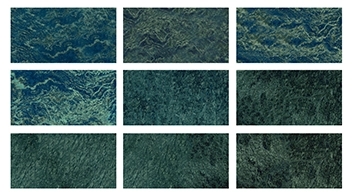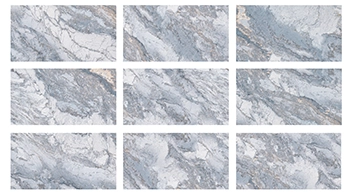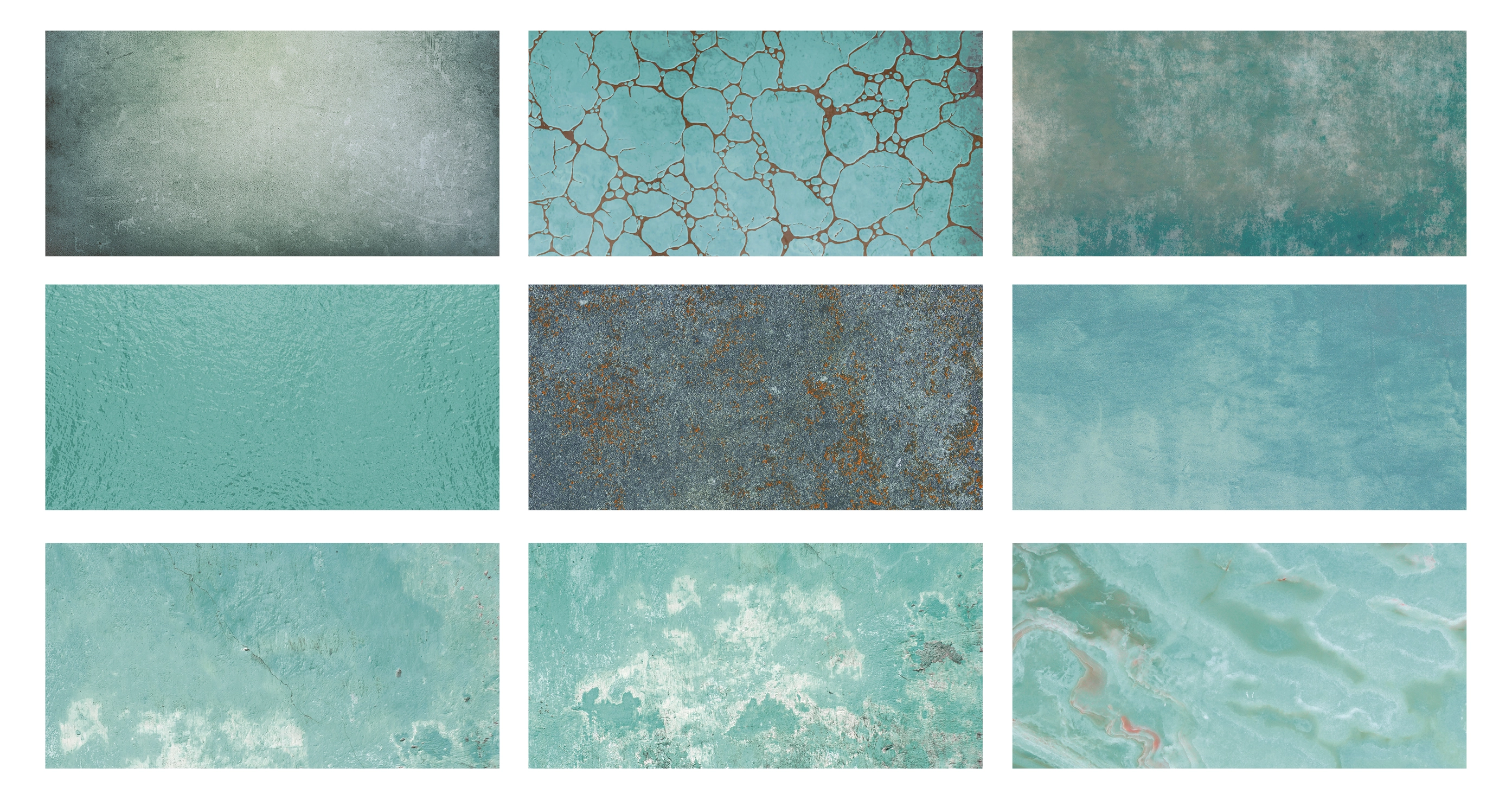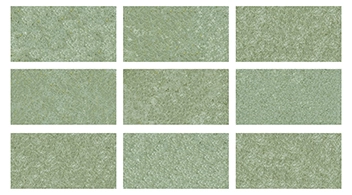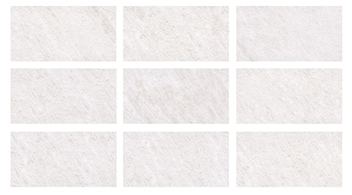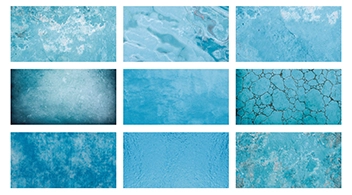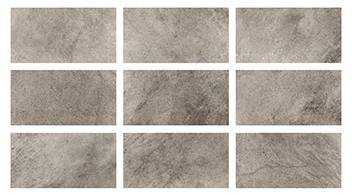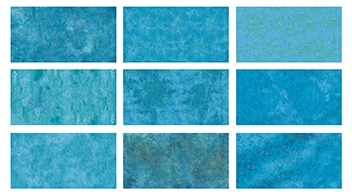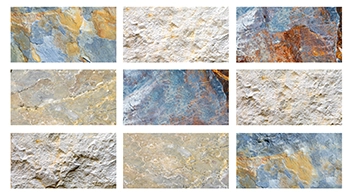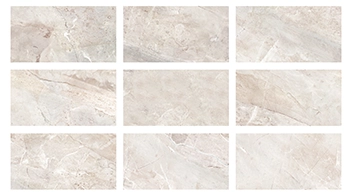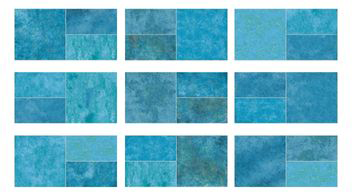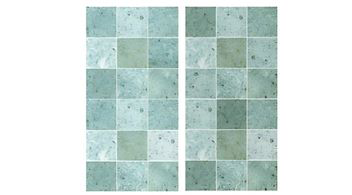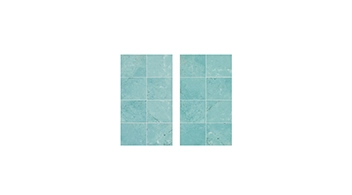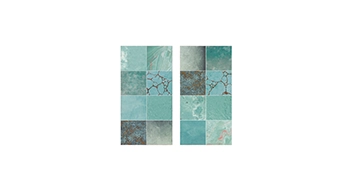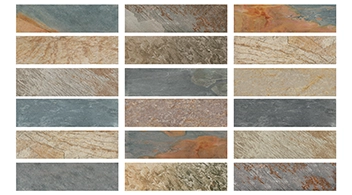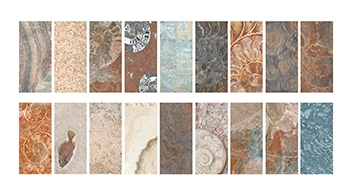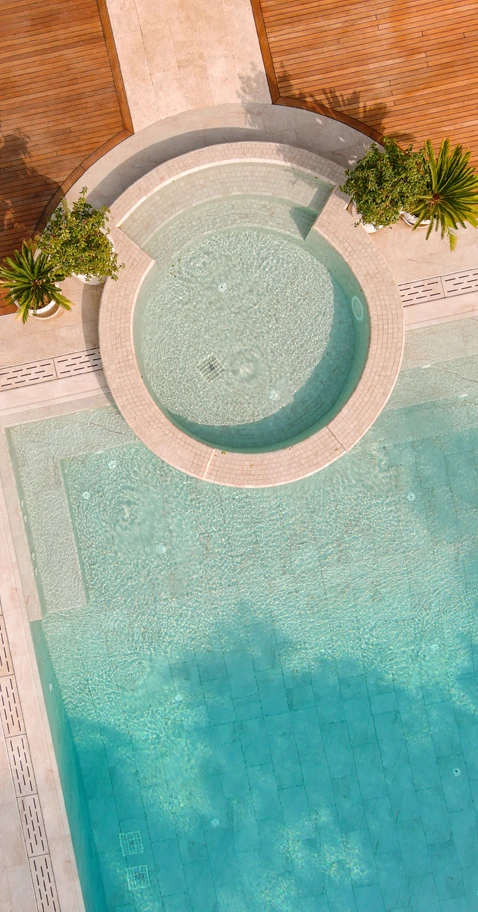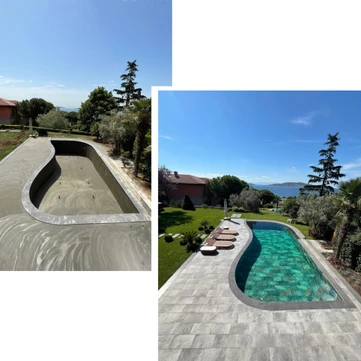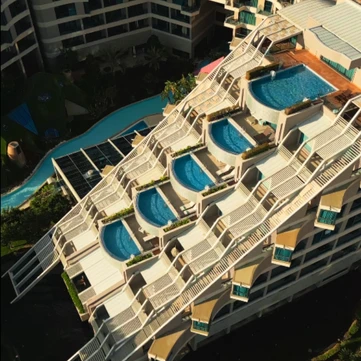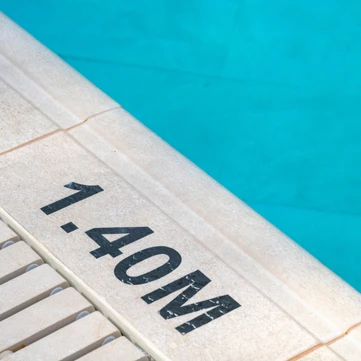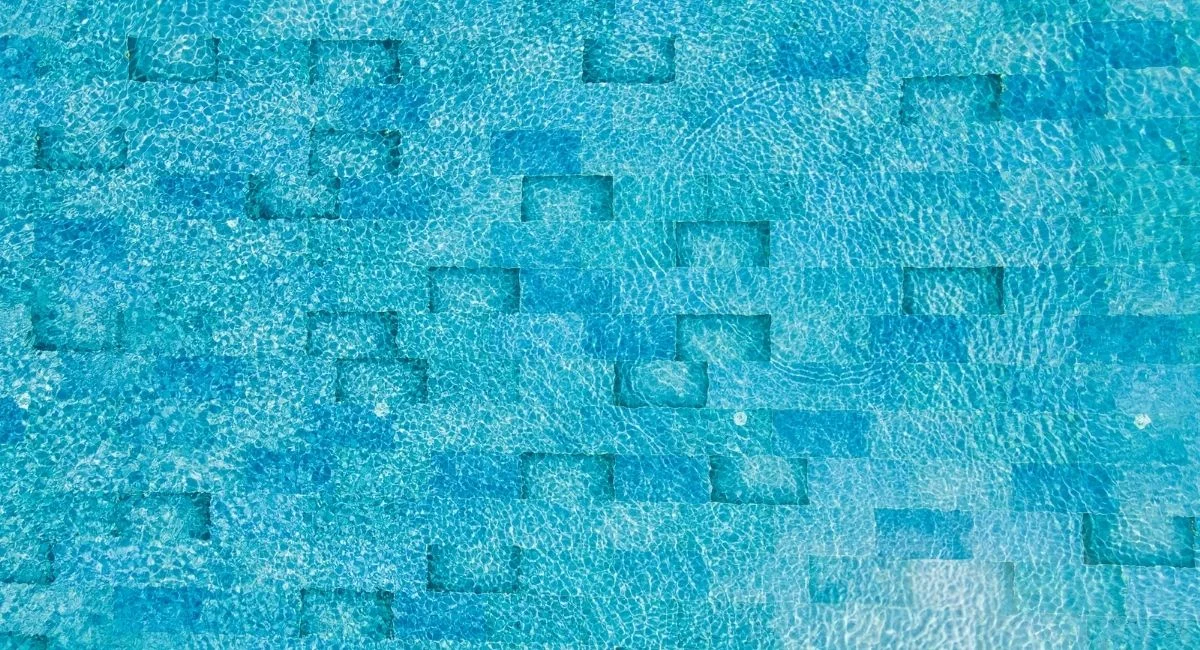
For swimming pools to remain hygienic, aesthetic and safe, maintenance procedures must be conducted professionally and systematically. Especially in outdoor pools, environmental factors, user-based residues and biological microorganisms can degrade water quality over time, leading to hygiene issues. Therefore, pool cleaning should include both physical and chemical applications, supported by regular inspections.
Why Is Swimming Pool Cleaning Important?
Swimming pools are ideal environments for the development of microorganisms such as bacteria, viruses, fungi, and algae due to their continuous water circulation. Outdoor pools are more exposed to external elements and thus at higher risk of contamination. Residues transferred from the human body—such as sweat, hair, cosmetics, and urine—further disrupt the hygiene chain. Without regular maintenance, the water's pH balance deteriorates, turbidity increases, and unwanted biological residues accumulate. This can cause skin irritation, eye discomfort, ear infections, and digestive disorders. For both individuals and commercial facilities, a healthy, safe and comfortable swimming experience depends on scientifically grounded and regularly applied maintenance routines.
What Causes Pool Water Contamination?
Pool water can be contaminated by many external and internal factors. The most common causes include:
- Environmental: dust, pollen, leaves, insects, animal residues
- Human-related: sweat, cosmetics, saliva, urine, hair
- Inadequate filtration: poor performance of circulation systems
- Chemical imbalance: improper pH or chlorine levels
These factors combined can quickly make the water unhealthy. Regular cleaning and chemical monitoring neutralize these contaminants.
What Methods Are Used for Pool Cleaning?
A pleasant swimming experience requires more than just clear water—it demands a healthy environment. Thus, both physical and chemical cleaning methods should be applied. Daily care includes collecting debris with skimmers or overflow channels. The water is filtered and returned clean to the pool. Weekly cleaning involves vacuuming the pool floor and brushing the walls, either manually or using robotic cleaners. Chemically, correct pH balance, appropriate chlorine levels, and algaecides help maintain water clarity and skin-friendly quality. Together, these methods transform your pool into a consistently fresh, safe, and aesthetic living space.
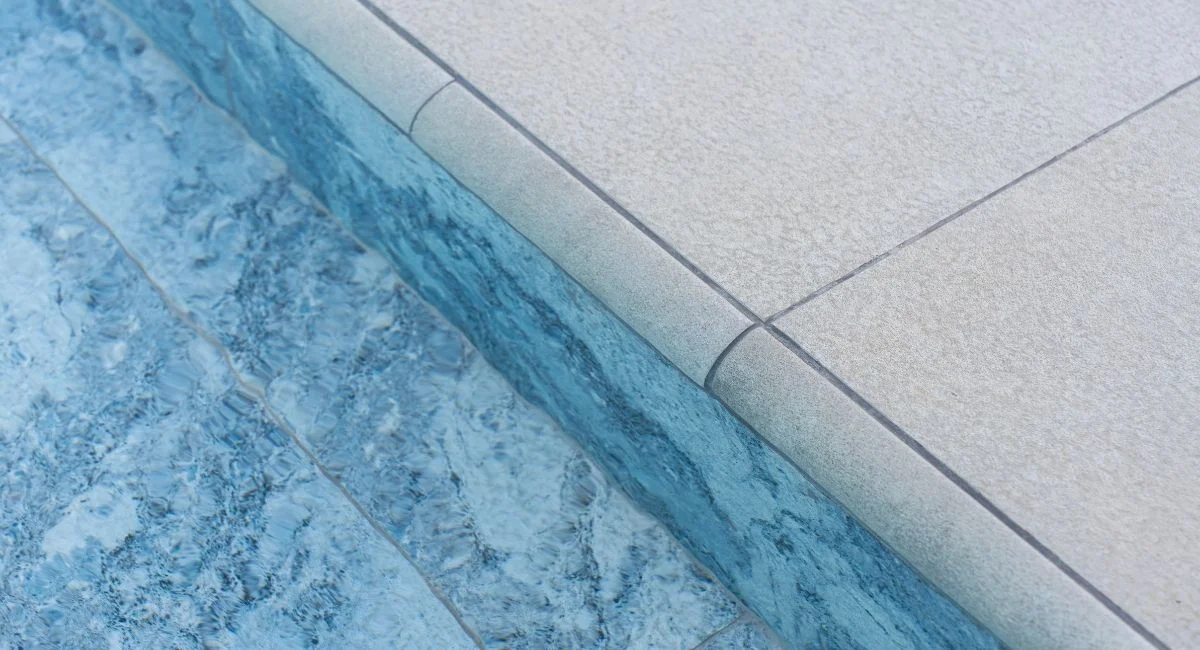
Ideal Pool Maintenance Plan: Daily, Weekly, and Seasonal Applications
Pool maintenance is not merely a surface-level task—it is a holistic care process critical to health, aesthetics, and system efficiency. A regular schedule ensures clear, hygienic, and balanced water year-round. Effective maintenance should be divided into three cycles:
Daily Maintenance
- Skimmer Check: Ensure skimmers are not clogged with leaves or insects.
- Water Level and Chemical Balance: Maintain correct water levels and test pH and chlorine daily.
- Debris Removal: Skim the surface to remove leaves and visible particles.
Weekly Maintenance
- Vacuuming Pool Floor: Clean the base with manual vacuums or robotic cleaners.
- Brushing Walls: Especially at the waterline to prevent algae buildup.
- Use of Chemicals: Apply algaecides and flocculants to maintain microbial balance.
- Backwashing Filters: Flush out accumulated dirt from filters to maintain system efficiency.
Monthly / Seasonal Maintenance
- Partial Water Change: Replace 10–20% of the water to refresh and dilute impurities.
- Check Filter Sand: Replace if hardened or ineffective.
- Inspect Pool Surface: Ensure no cracks or stains are present on the porcelain surfaces.
How to Perform Pool Floor Cleaning?
Crystal-clear water isn’t just about the surface—it begins at the bottom. Pool floor cleaning removes invisible sediments and supports hygiene and comfort. This can be done manually using a vacuum hose and pole, or via automatic robotic cleaners that quietly roam the floor and even climb walls. Weekly floor maintenance ensures your pool remains inviting and the water, pristine. Especially during summer, this routine guarantees enjoyable and safe swimming experiences.
Tips for Pool Floor Cleaning:
- Clean at least once a week
- Porcelain-lined pools offer easier and more hygienic cleaning
- Robotic cleaners save time and offer thorough cleaning
- Ensure filters are on during cleaning
- Allow 1–2 hours for water to settle before swimming
How to Maintain pH and Chlorine Balance?
The clarity of pool water depends on unseen chemical harmony. Even if the water appears clean, imbalanced pH and chlorine levels can pose health risks. Ideal pH levels should range from 7.2 to 7.6, which also aligns with skin and eye health. Free chlorine should be maintained between 1.0 and 3.0 ppm. Total alkalinity should be between 80–120 ppm to stabilize pH.
Daily testing using chemical kits is vital. High pH reduces chlorine’s effectiveness, while low pH can cause skin irritation. When deviations occur, pH increasers or reducers should be used, and shock chlorination may be applied as necessary. Proper chemical management ensures water hygiene and the long-term performance of the pool system.
How Often Should Pool Water Be Replaced?
Due to high volume, full water replacement is not always practical. Instead, partial water replacement is recommended:
- At least once annually during seasonal transitions
- After prolonged chemical imbalance
- If foam, discoloration, or odors are present
- Every 6 months for heavily used pools
Replace about 10–20% of the water and refill with clean water.
Key Considerations for Pool Cleaning
All chemicals must be approved by health authorities
Dosages should follow label instructions
Filter systems must be regularly maintained
Avoid entering the pool immediately after cleaning, especially after shock chlorination (wait 8–12 hours)
Ideal Material for Hygienic Pools: 100% Porcelain Coating
Pool hygiene depends not only on chemical balance but also on the surface material. Serapool’s 100% porcelain pool coating products feature a non-porous, impermeable structure that naturally resists bacteria, algae, and mold. Compared to traditional Ceramic Tiles, glass mosaics, or natural stone, porcelain offers superior cleanliness and long-lasting hygiene.
With a Low Water Absorption rate below 0.5%, porcelain surfaces do not harbor bacteria and withstand chemical cleaning without degrading. Their UV Resistance and Chemical Resistance prevent discoloration and surface deterioration, making them ideal for both indoor and outdoor pools.
Maintaining hygiene is not solely about cleaning; it starts with choosing the right surface. Serapool’s high-quality Porcelain Tiles combine aesthetic excellence with superior hygiene, becoming the first choice for elite pool projects.
FREQUENTLY ASKED QUESTIONS
How often should pool cleaning be done?
It should be performed on a daily, weekly, and seasonal basis.
Why is pH balance in a pool so important?
If pH is unbalanced, chlorine becomes ineffective, allowing microorganisms to thrive and increasing the risk of skin irritation.
